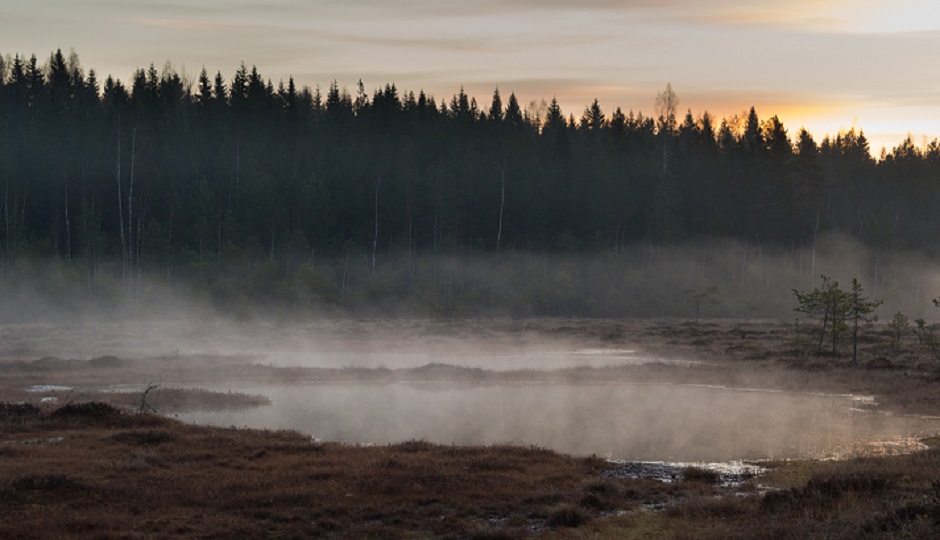Peatlands are excellent carbon reservoirs. Globally, these organic-rich wetlands stock about one-third of the world's organic soil carbon. However, in a context of climate change, it is difficult for scientists to know exactly how these ecosystems will respond.
Knowing the amount of carbon sequestered by peatlands will contribute to better decision-making about how to manage these ecosystems.
Will they stop sequestering carbon? Or worse: will they release the carbon accumulated over thousands of years? According to Julie Talbot, a geography professor at Université de Montréal, reconstructing the evolution of peatlands can tell us a lot about their future development.
Peatlands are not uniform ecosystems. They generally follow the topography of the terrain, accumulating vertically and expanding horizontally. That is why the researcher examined the spatial variations of these ecosystems. She and her research team reconstructed the evolution of Québec peatlands, including the Grande plée Bleue peatland in Lévis and about thirty others located in the Laurentians. Using carbon dating, it was possible to determine exactly when each section of the peatland was formed.
Based on these data, Julie Talbot is working on a computer simulation model that will predict the evolution of peatlands. Scientists will then be better equipped to evaluate the amount of carbon that peatlands will sequester in the coming years and how much carbon could be released into the atmosphere.
These data are also of interest to municipalities seeking to determine what types of wetlands are found on their territory and what services they provide. Knowing the amount of carbon sequestered by peatlands will contribute to better decision-making about how to manage these ecosystems. Eventually, the simulation model could be coupled with another model that considers climate feedback loops, making it possible to predict how peatlands will respond to an increase in temperature or a decrease in precipitation.




